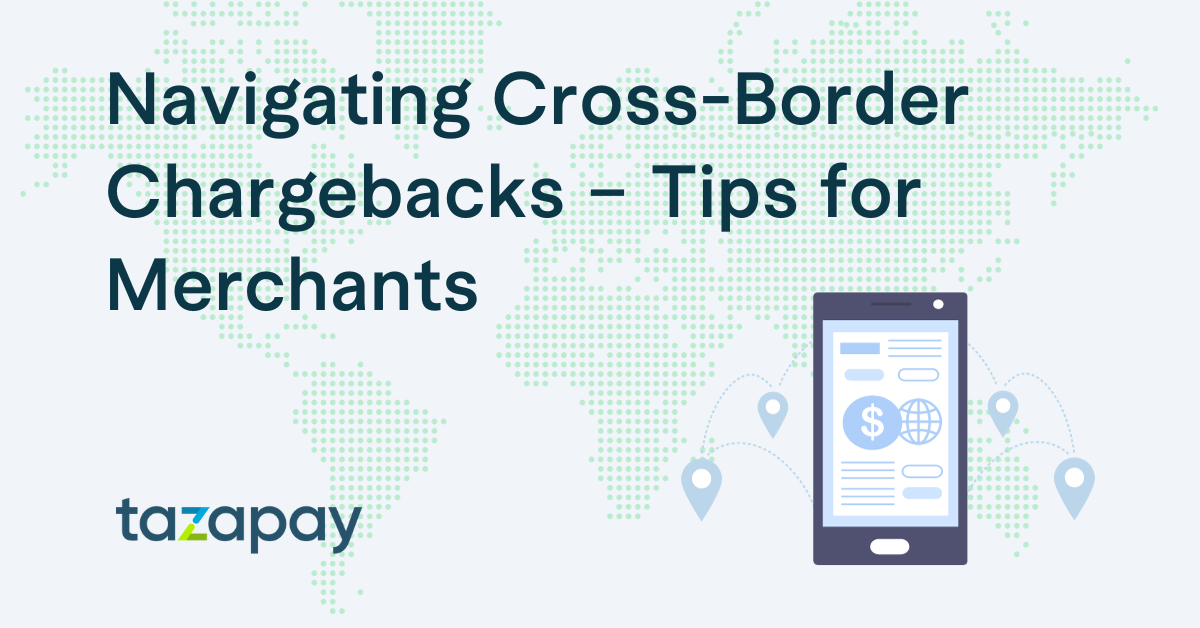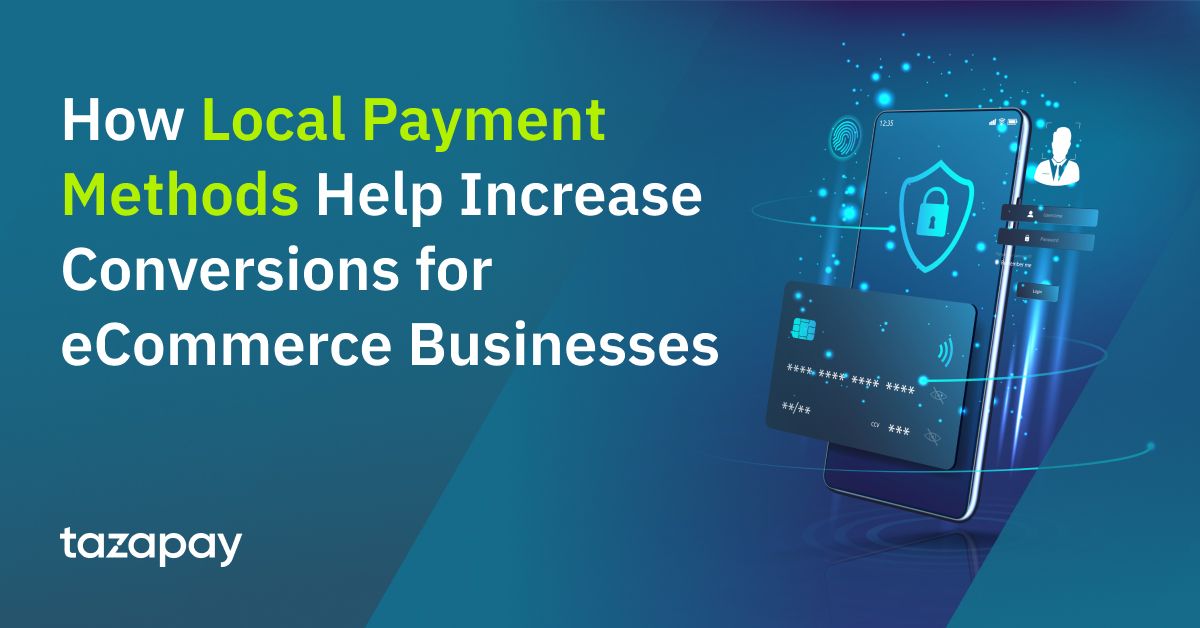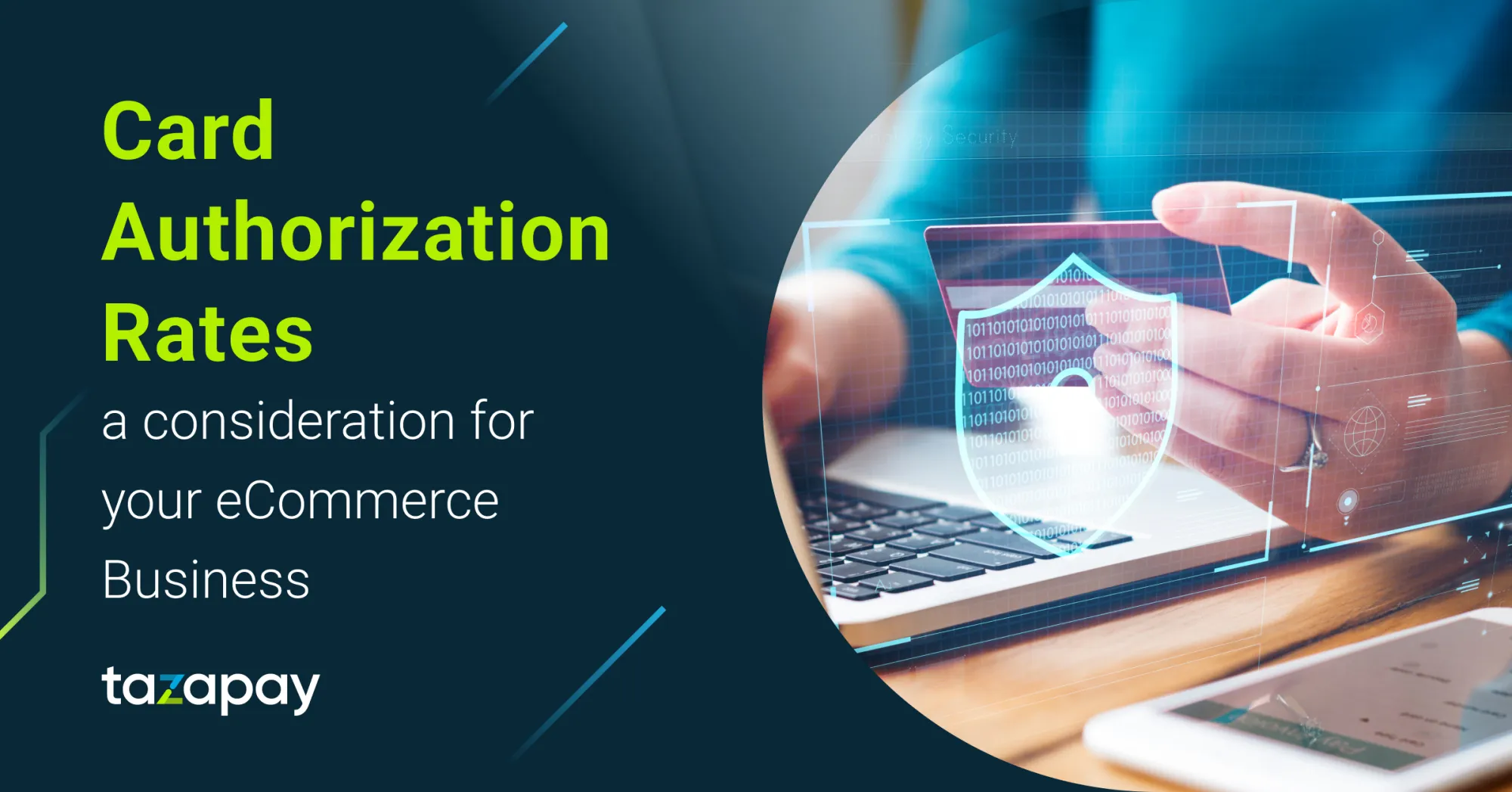- Home
Blog Blog
eCommerce Tips eCommerce Tips
Tricks to Handle Cross-Border Business Payments as an SME
Tricks to Handle Cross-Border Business Payments as an SME

With the increase in technology and globalisation, international trade is witnessing rapid growth as well. This growth can be sustained and stay effective if accompanied by efficient handling of cross-border payments. Moreover, a localised payment experience is key to enable seamless transactions between users and their business partners. As cross-border payment systems are witnessing unprecedented growth, SMEs need to learn to navigate new innovations to strengthen their payment infrastructure and streamline their cross-border payments process. For SMEs looking forward to honing their cross-border business payments mechanism, here are a few tips that will surely come in handy:

1. Choose a trusted partner to manage the financial transaction
Since cross-border payments are dependent on the complete fulfilment of service, one must have a valid financial contract in place and choose a dependable Escrow service partner such as Omoney to execute the transfer of funds. Omoney offers escrow services and provides SMEs with quick and basic background checks on partners they conduct business with. Omoney ensures smooth and secure cross-border payments by holding the fund until both the buyer and the seller have fulfilled their obligation.
2. Reduce the cross border transaction fees
A big hindrance to international trade is the high transaction fees associated with each deal which is especially a burden on small and medium-sized businesses. The high-cost and time-consuming payment are associated with banks that carry out the majority of the international transactions. However, cross border payment systems are leaning towards non-banking platforms such as escrow thanks to enhanced technology.
Non-bank platforms such as Omoney Escrow enable SMEs to send and receive money exactly like a bank but without a high transaction fee. They charge a 1.8% processing fee for non-card payments. In addition to that, they have state-of-the-art security software keeping the funds safe.
3. Allow your customers to process their payments locally
Each country will use a particular platform to make and receive payments. For instance, the USA and Canada use PayPal, China, almost always uses Alipay. To ensure smooth trade and as a part of your international trade strategy, one needs to consider this while accepting and making global transactions.
If you are doing business in a single country, it is wise to integrate the most popular payment method into your cross-border payments process. This creates familiarity and makes it convenient for customers as it eliminates the need to register for a new platform.
If you have multiple global customers, you should centralize your international payments in one payment processor – this will optimize the payment process by adapting to a local buyer/ seller’s requirements automatically & also streamline the payment process.
4. Have a clear-cut currency strategy
When one trades internationally, there is a lot of foreign currency dealing, potentially resulting in conversion losses. When buyers look at your product/ service, they prefer seeing the price in their local currency. Suppose you list the prices in limited currencies or a single currency such as USD. In that case, chances are they may not go through with the purchase, especially if you are a B2C seller. Hence, it is ideal for listing in the local currency of the region you are selling in or allow the buyer to choose their currency of choice.
Even if you are in the B2B space and want to make the payment process for your buyer convenient and allow them to pay in their local currency, a good way to mitigate your risk is through a forex forward contract. This is because if your buyer needs to pay USD monthly, the local currency that you receive may be lower at times due to the foreign exchange involved. A forex forward contract locks the exchange rate at an agreed-on price for its future purchase or sale for a particular period.
5. Familiarize yourself with SWIFT and CHIPS
SWIFT and CHIPS are especially significant with high volume B2B trade where the monetary value of the transactions is very high. In generic terms, both SWIFT and CHIPS are responsible for identifying the seller and buyer in a cross-border transaction.
SWIFT identifies the country and bank of the entity to receive an international payment and ensures that the payments are routed correctly. A CHIPS code, on the other hand, is used to identify the sender of the money. They mitigate any risk that can arise due to translation loss as multiple countries and languages are involved
6. Be compliant
When you choose to do business across multiple regions, you need to know the rules and regulations of all the countries involved, such as taxation laws, payment processing laws, and data privacy laws. One easy way to know that you are compliant is to partner with a trusted cross-border payments partner such as Omoney.
Category

eCommerce Tips
Tricks to Handle Cross-Border Business Payments as an SME
Related Articles

Navigating Cross-Border Chargebacks – Tips for Merchants







